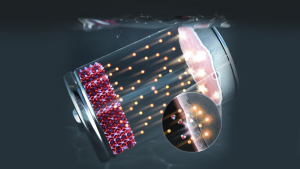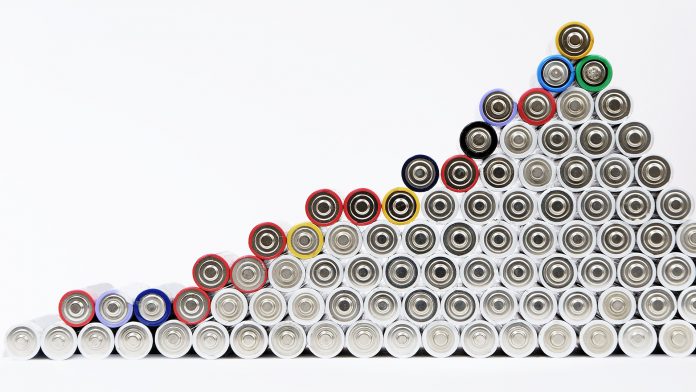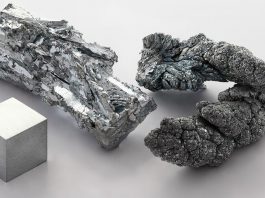Researchers from POSTECH have increased the stability of the zinc anode to improve the electrochemical stability of the zinc-ion battery.
Professor Soojin Park and Gyujin Song in the Department of Chemistry and PhD candidate Sangyeop Lee of the Division of Advanced Materials Science at POSTECH have created a stable aqueous zinc-ion battery that uses water as an electrolyte. The team used a protective polymer layer to prevent electrode corrosion and increase the stability of the zinc anode. This subsequently improved the electrochemical stability of the aqueous zinc-ion battery.
The study, titled ‘Ion-selective and chemical-protective elastic block copolymer interphase for durable zinc metal anode,’ was published in Cell Reports Physical Science.
Should zinc batteries replace lithium-ion batteries?
Lithium-ion batteries are the predominant technology of choice for manufacturers, being used in mobile phones and laptops, and have a growing significance for use in clean energy technologies, such as electric vehicles and renewables. These batteries are lightweight and have a high capacity, making them advantageous for a variety of applications.
However, there are safety issues with conventional lithium-ion batteries, as the organic electrolytes used in them are highly flammable and can lead to fatal fires or explosions. As lithium-ion batteries are of great importance, being widely used in our everyday lives, these accidents can cause direct damage to users. This has led to demand for a safer battery technology.

To overcome the issues of a flammable organic-solvent-based electrolyte, aqueous electrolyte batteries are being developed as potential replacements. These batteries are intrinsically safe, have high ionic conductivity, and provide economic benefits.
Although zinc-ion batteries can overcome the safety issues of lithium-ion batteries, the zinc anode has an inferior reversibility in aqueous electrolytes. These are caused by zinc dendrites and surface-side reactions, preventing zinc-ion batteries from being used.
Overcoming the weaknesses of zinc-ion batteries
To improve the performance of the zinc-ion battery, the POSTECH research team developed a zinc anode coated with a multifunctional protective layer by using a block copolymer. During battery charging and discharging, the new polymer layer can endure volume expansion due to its elasticity.
The zinc anode lifespan also increased by using the polymer protective layer, as the researchers discovered that it induced homogenised ion distribution and suppressed dendritic growth. The electrode stability was also improved, as the thin film layer inhibited any unnecessary chemical and electrochemical reactions in the electrolyte on the electrode surface.
The researchers also uncovered the movement of zinc ions in the coating layer by using time-of-flight secondary ion mass spectrometry (TOF-SIMS) analysis. The successful imaging of zinc ion movements promises further research on the surface properties of battery anodes.









